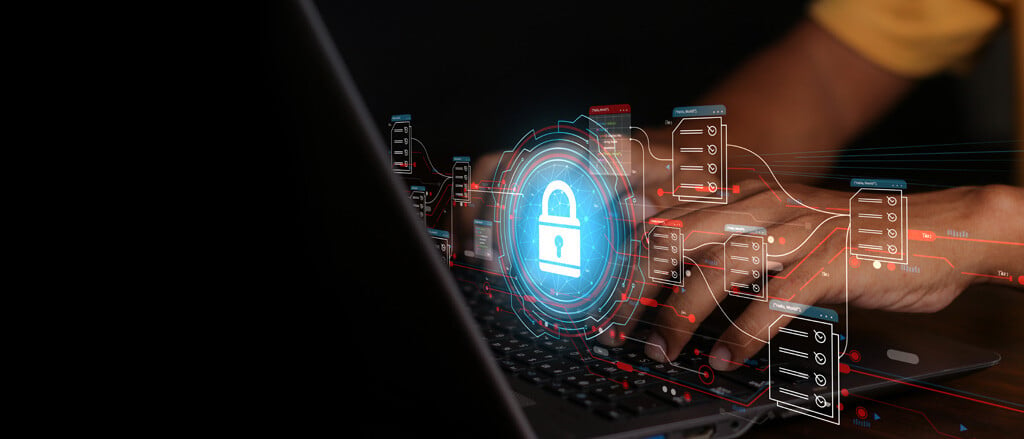As your organization grows, so will the number of desktops, laptops, smartphones and servers connecting to your network. Each of these devices is called an “endpoint” and must be individually configured with defense in mind, just like your network systems and software.
According to Techopedia, “endpoint security is a client/server information security (IS) methodology for protecting a corporate network through focusing on network devices (endpoints) by monitoring their status, activities, software, authorization, and authentication. Security software is installed on any endpoint device, as well as network servers.”
Today’s endpoint security systems leverage a variety of features to assist in protecting your business:
- Anti-malware helps in detecting and preventing known malicious software such as ransomware, spyware, worms, viruses, or Trojan horses.
- Anomaly and behaviour detection work together in identifying deviations from established normal patterns to flag potential threats before they’re deployed within your system (anomaly detection) and uncovering evidence of compromised security (behaviour detection).
- Intrusion prevention pre-emptively identifies potential threats by monitoring users’ actions and network traffic; based on the rules set by the administrator, it can respond promptly to potential concerns.
- Web browsing protection blocks the access and use of harmful and suspicious websites, increasing the safety of your employees, data and computer systems while browsing the web.
- Network firewalls monitor traffic to or from your corporate network assets and block certain communications based on your company’s predefined security parameters.
Each of these features is critical to proactively preventing security breaches that could compromise your data and the health of your business. For an endpoint security system to be effective, it needs to be installed on all devices used to access your network, whether on-site or remotely. You, the IT department, or your corporate security team must also ensure that the system is both receiving and applying updates – after all, keeping up to date is one of the key aspects and best practices of security and governance.
Pro tip: have your endpoint security system report to a central location. This way, security events can be identified and responded to quickly. Go one step further by setting up notifications that will warn your IT department or security staff when critical events are detected.
To help keep you and your crew informed and empowered in the fast-changing information security landscape, we’ve tapped our in-house experts for the most effective best practices you can leverage right now. Download a free copy of our Security Best Practices E-Book: https://www.payworks.ca/landing-pages/campaigns/security-best-practices-e-book.
These articles are produced by Payworks as an information service. They are not intended to substitute professional legal, regulatory, tax, or financial advice. Readers must rely on their own advisors, as applicable, for such advice.















